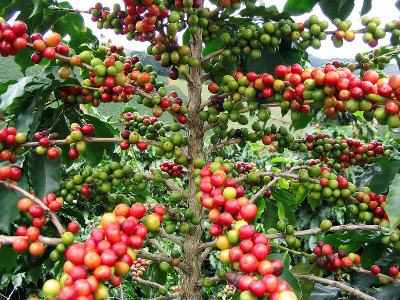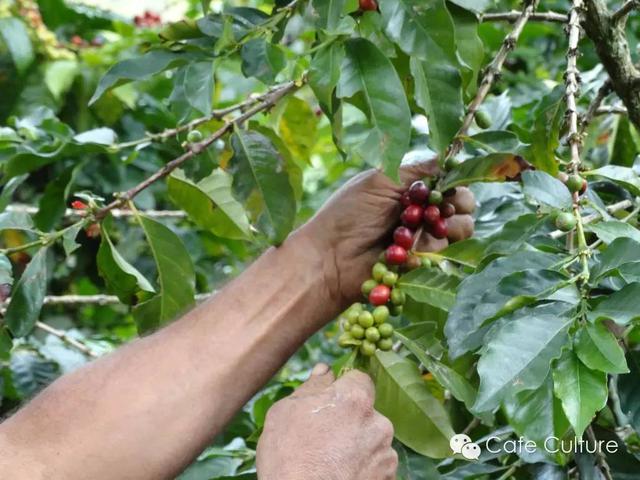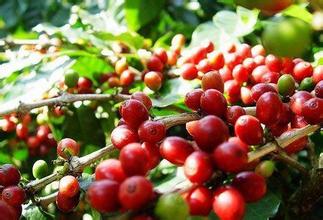Fine coffee beans: 4 forms of Ethiopian coffee growing and producing
Growth and production patterns:
There are four growth production patterns in Ethiopia, and 95% of coffee is produced from these types or systems.
1. Forest planting (Forest)
In the coffee-producing areas of Ethiopia in the south and south-west, most of them are wild or grow under natural forests. It provides natural shelter for coffee trees, but the resistance is slightly weak. This production system accounts for about 10% of the total production.
two。 Semi-forest development and planting Semi-Forest
It is also planted deliberately by farmers in coffee-producing areas in the south and south-west, choosing forests as shade trees, and often removing weeds and other non-coffee crops to benefit the growth quality of coffee trees. this production system accounts for about 35% of total production.
3. Garden or home-grown (Garden)
Garden-type coffee cultivation is generally cultivated near farmers' homes, usually located in the south and east, with a low planting density of about 1000 to 1800 coffee trees per hectare, accounting for about 50% of the total production and has an increasing trend.
4. Manor (Plantation)
Most of the large farms are state-owned industries (now gradually auctioned to private enterprises) and sharecroppers. Usually, this system is only systematically cultivated and improved, even the exposure of sunshine, the type and amount of fertilizer, and so on, are closely controlled. This production system accounts for about 5% of the total production.

Source:
Barista-HHC 's blog
Important Notice :
前街咖啡 FrontStreet Coffee has moved to new addredd:
FrontStreet Coffee Address: 315,Donghua East Road,GuangZhou
Tel:020 38364473
- Prev

Boutique Coffee beans: boutique Coffee vs Commercial Coffee guarantee the quality of Coffee from the Source
Why is boutique coffee called boutique coffee in the small coffee town of Lisalda in Caldas, Colombia? The quality of fine coffee is much higher than that of ordinary commercial coffee, but why? Does it mean that boutique coffee is born more delicious? Of course not! The process of producing micro-batch boutique coffee is complex and tedious. From the selection of fertilizers to the shaded area of trees, from planting altitude to
- Next

Boutique Coffee beans: introduction to Ethiopian Coffee Industry and Coffee Import and Export
Ethiopia is one of the major producers of Arabica coffee in Africa, producing the best Arabian coffee in the world. It is said that coffee was first discovered by shepherds in Essekafa, and the name of coffee evolved from Kafa, so Essex is still the hometown of coffee. The geographical environment of coffee production and processing is very suitable for coffee growth. Coffee is mainly cultivated.
Related
- Guji coffee producing area of Guji, Ethiopia: Humbela, Shakiso, Wulaga
- What is the most expensive variety of Qiloso in BOP multi-variety group?
- How to store the coffee beans bought home?
- Why are Yemeni coffee beans so rare now?
- Ethiopian Sidamo all Red Fruit Sun Sun Santa Vini Coffee beans
- SOE is mostly sour? What does it mean? Is it a single bean? what's the difference between it and Italian blending?
- Is Italian coffee beans suitable for making hand-brewed coffee?
- How to choose coffee beans when making cold coffee? What kind of coffee beans are suitable for making cold coffee?
- Just entered the pit to make coffee, what kind of coffee beans should be chosen?
- Can only Japan buy real Blue Mountain Coffee? What are authentic Jamaican Blue Mountain coffee beans?

